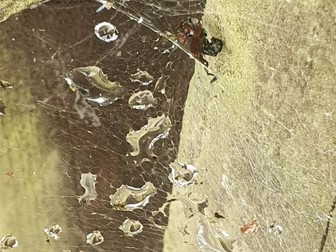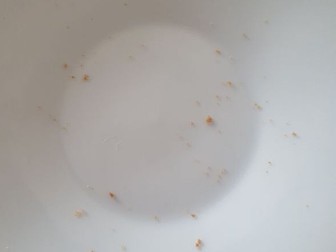Deduction in the style of Sherlock Holmes
<p>Deduction in the style of Sherlock Holmes<br />
This resource is great fun. Some of the best moments in the Sherlock Holmes stories by Sir Arthur Conan Doyle are when Holmes examines an object, usually closely watched by his trusty assistant Dr Watson, and makes outstanding claims about it which often utterly confound Watson. Once he explains what he has seen and then shows how he has made a logical deduction to reveal something that is hidden and unknown then Watson hears the words, “elementary, my dear Watson” although it must be remembered that although Holmes says “elementary” a lot and “my dear Watson” a lot, it is a surprising fact that he never once actually says those two things together!<br />
Ask your students to bring in an object (or have a ready supply for them to chose and use…I used to scour charity shops for all kinds of objects and then they were convenient and ready to use – note, they can also be used effectively as props when you set up drama role play situations).<br />
Now read them the example which has been carefully written in the style of Sherlock Holmes. Note that the style is not so much an imitation of the language but more an adapted version of the logical thought process.<br />
Then ask them to write a similar passage based on their own object and their own creative imaginations.<br />
As a tip to get everybody quickly engaged in this activity I found that it worked well if I read them my example to get their minds in the right ‘frame of reference’ and then took an object from the choices and wrote notes about it on the board based on suggestions from the whole class and then asked them to have a go themselves with their own object. Then, if they were stuck for ideas ask them to write out in full the notes made by the whole class which are visible on the board.</p>

